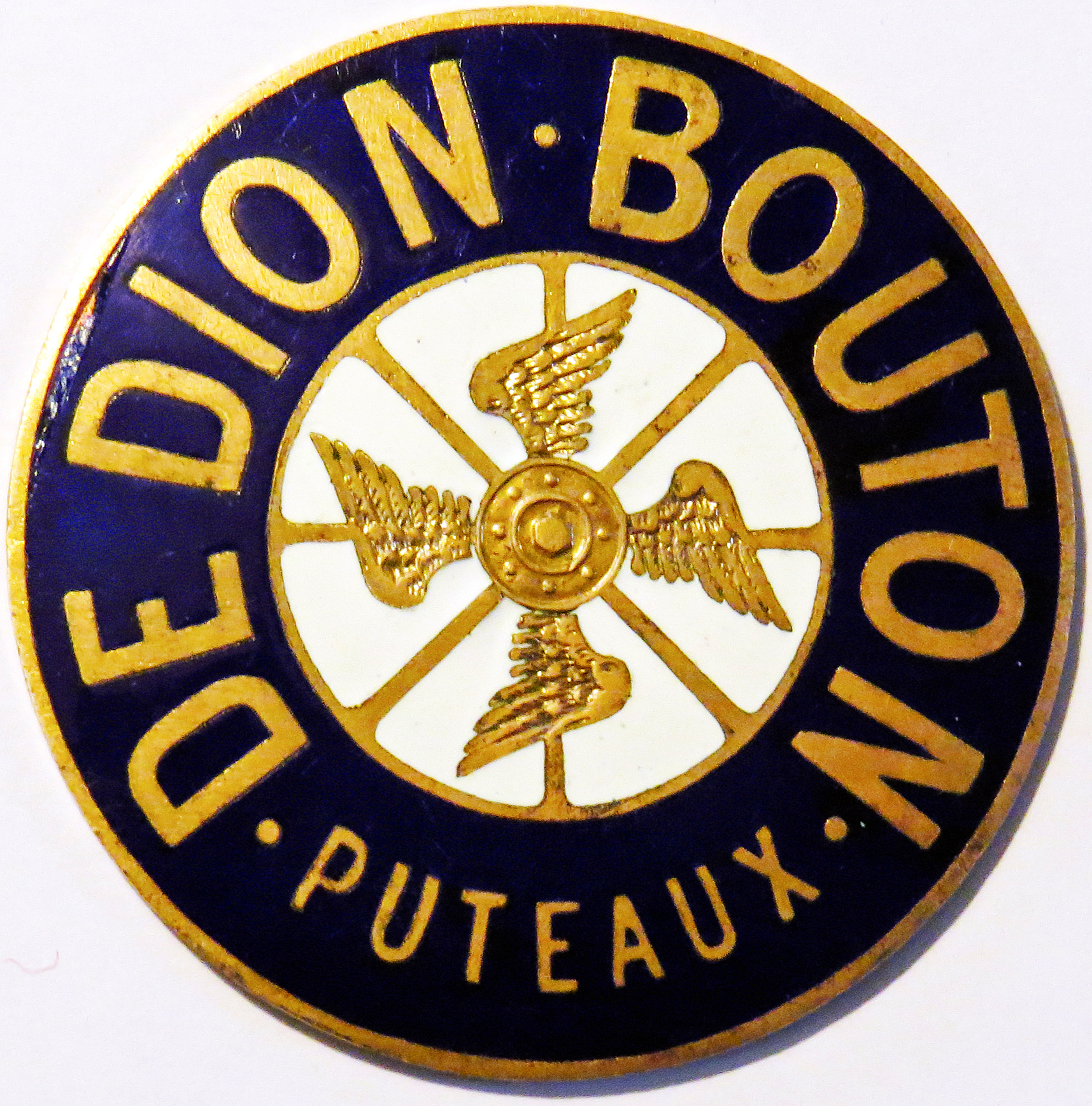None De Dion-Bouton Torpedo

The descriptions of the Classic Cars in the Directory were partly generated or supplemented with the help of artificial intelligence (AI). The content may occasionally not always be entirely accurate or factually correct despite careful checking.
The De Dion-Bouton Torpedo was one of the earliest automobiles to hit the streets, and it remains a highly sought-after model among collectors and automobile enthusiasts. This vehicle was first introduced in 1913 and it quickly gained popularity for its advanced technical features and unique design.
The De Dion-Bouton Torpedo was a two-seater car with a sleek and stylish body that resembled a torpedo, giving the car its name. It measured 118 inches in length and 57 inches in width, making it a compact car that was easy to maneuver through narrow streets and tight corners.
Under the hood, the De Dion-Bouton Torpedo was powered by a 4-cylinder engine that produced 10 horsepower. This engine was connected to a 4-speed manual transmission that allowed drivers to easily shift gears and control the car's speed.
One of the most unique features of the De Dion-Bouton Torpedo was its suspension system. The car used a De Dion rear axle, which featured a pair of parallel tubes that connected the rear wheels to the chassis. This provided a smooth and stable ride, even on bumpy roads.
Other technical features of the De Dion-Bouton Torpedo included an electric starter, a water pump, and a Bosch ignition system. The car also had a 12-volt electrical system that powered the lights, horn, and other accessories.
Despite its technical advancements, the De Dion-Bouton Torpedo was known primarily for its elegant and distinctive design. The car had a long hood that extended over the front wheels, giving it a sleek and powerful appearance. The body was finished in a range of colors, including black, blue, and green, and it featured chrome accents and intricate details that added to its overall beauty.
Overall, the De Dion-Bouton Torpedo was a true work of art, combining advanced technical features with stunning design elements to create a truly unique and impressive automobile. For collectors and enthusiasts alike, this car represents a true piece of automotive history and a testament to the ingenuity and innovation of the early automobile pioneers.
Milestones
- De Dion-Bouton Torpedo was introduced in 1900 - In 1904, it became the first car to cross the United States from coast to coast - In 1906, the De Dion-Bouton Torpedo won the Vanderbilt Cup - In 1910, the De Dion-Bouton Torpedo became the first car to climb Pikes Peak - Production of the De Dion-Bouton Torpedo ended in the early 1920s.Technical
- The De Dion-Bouton Torpedo was a French automobile produced from 1910 to 1925. - It featured a four-cylinder, 1.5-liter engine. - The engine was water-cooled and could produce up to 22 horsepower. - The car had a three-speed manual transmission, which was located in a separate unit below the engine. - The Torpedo had a chassis made of pressed steel, which was lightweight but sturdy. - The suspension system consisted of semi-elliptical leaf springs and hydraulic shock absorbers. - The steering was handled by a worm and sector gear system, which provided a smooth and responsive driving experience. - The car featured wooden spoke wheels with solid rubber tires. - The body of the Torpedo was made of steel and was available in a couple of different configurations, including an open two-seater or a four-seater. - The car had a top speed of around 50 mph and could travel up to 250 miles on a single tank of gas.